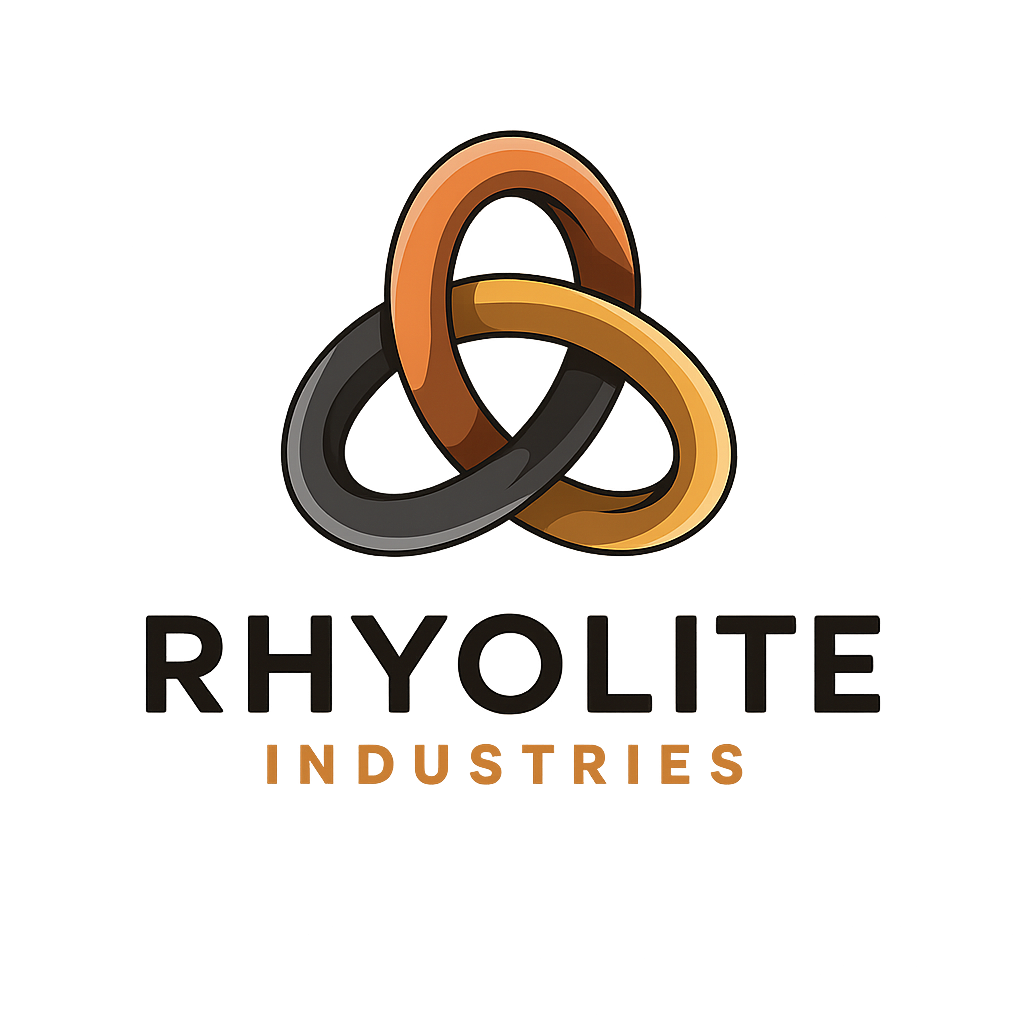Creating an effective deal pipeline in your Customer Relationship Management (CRM) system is critical to boosting your sales team’s productivity, forecasting accurately, and closing more deals. Whether you’re setting up your first CRM or refining your existing pipeline, this guide simplifies the process, without any confusing jargon.
Why a Well-Structured Deal Pipeline Matters
A deal pipeline visually represents where every sales opportunity sits in your sales process. When designed correctly, it helps:
- Clearly track each sales opportunity
- Predict revenue more accurately
- Improve sales team efficiency
- Highlight bottlenecks to address
According to Harvard Business Review, organisations that clearly define their sales process see 18% higher revenue growth compared to those who don’t.
Step 1: Tailor the Pipeline to Your Business
Every business is unique, and your CRM pipeline should reflect the specifics of your industry, team, and sales process.
Key Factors to Consider
Sales Cycle Length & Complexity
How long and complex is your sales process?
- Short, straightforward sales (like subscriptions or quick services) typically require 4–5 stages.
- Complex enterprise sales may need 7–10 stages.
Example:
- Short cycle: Discovery Call → Proposal Sent → Contract Signed → Deal Won
- Long cycle: Discovery Call → Needs Assessment Completed → Proposal Sent → Pricing Agreed → Legal Review Completed → Contract Signed → Deal Won
Products and Services
Different offerings often have unique sales processes.
- Keep it simple initially with a single pipeline.
- Only split into multiple pipelines if the sales processes differ significantly (e.g., product sales versus consulting services).
Average Deal Value
Higher value deals often involve more approval steps (finance, legal, executive sign-offs).
- Clearly define stages like “Pricing Approved by Finance” or “Legal Review Completed” only if necessary.
Sales Team Size and Roles
Smaller teams benefit from fewer stages. Large teams with specialised roles may need clear handover points.
- Example: If a marketing team hands leads to Business Development Managers (BDMs), clearly define the handoff stage to avoid confusion.
Post-Sale Process
Consider how your deals transition from sales to delivery.
- A clear “Implementation Kickoff” stage can help streamline this handover.
Step 2: Core Principles of a Clear CRM Pipeline
Applying these simple principles ensures clarity and reduces confusion:
Use Past Tense for Stage Names
Each stage should reflect an action already completed, not one planned.
Example:
- Discovery Meeting Held (not “Schedule Discovery Meeting”)
- Proposal Sent (not “Prepare Proposal”)
Using past tense makes each stage objective and easy to confirm.
Clearly Defined Actions
Each pipeline stage should represent one clear, measurable action. Ask yourself, “How will I know this stage is completed?”
| Stage Name | Clearly Defined Action |
|---|---|
| Discovery Meeting Held | Met client, confirmed basic needs and alignment. |
| Proposal Sent | Client received detailed proposal with pricing. |
| Pricing Agreed | Client confirmed pricing verbally or via email. |
| Contract Signed | Signed contract received from client. |
Align Entry and Exit Criteria
The criteria for leaving one stage should exactly match entering the next stage.
Stage Probabilities Based on Actual Data
Assign probabilities based on your historical sales data. Regularly review and update these quarterly.
Minimal Admin at Start
Avoid overwhelming your sales team initially. Begin with essential fields:
- Deal Amount
- Expected Close Date
- Client Tier (if applicable)
Automate Checklists for Each Stage
Create simple checklists or scripts for each stage to help salespeople complete necessary tasks efficiently.
Prerequisites Before Building Your Pipeline
Before you set up your CRM pipeline, here are essential elements to have ready:
| Prerequisite | Needed before pipeline build | Can mature after go‑live | Notes |
|---|---|---|---|
| Ideal Customer Profile (ICP) |  | — | Without a clear ICP you risk padding the pipeline with low‑fit leads and skewing win‑rates. |
| Core Unique Value Propositions (UVPs) |  | — | UVPs guide qualification questions; they dictate “problem‑solution fit” criteria for early stages. |
| Buyer personas & buying committee map |  (highly recommended) (highly recommended) | — | At minimum, know economic vs. technical decision‑makers to set correct exit criteria. |
| Formal sales methodology (e.g. BANT, MEDDPICC) | — |  | Start simple; layer methodology coaching and fields once pipeline hygiene is stable. |
| Marketing‑to‑sales lead hand‑off SLA |  | — | Prevents unqualified leads clogging the first stage. |
| Customer journey content (case studies, ROI calculators) | — |  | Add resources into automated tasks per stage over time. |
| Defined implementation/on‑boarding playbook | — |  | Needed only when you add post‑sale stages or trigger workflows from “Deal Won”. |
| Territory or account segmentation rules |  | — | Critical if >1 rep works the same market; otherwise can be phased in. |
| Custom CRM integrations (finance, support, product usage) | — |  | Integrate once manual process proves value and field definitions stabilise. |
According to Gartner, 75% of B2B buyers find the purchasing process complicated. Clear buyer personas and ICP help streamline this complexity significantly.
Real-World Examples
Marketing Agency Example
Discovery Call Completed → Needs Brief Confirmed → Proposal Sent → Scope & Pricing Agreed → Contract Signed → Campaign Kickoff
Stage breakdown:
- Discovery Call Completed
Initial meeting held to understand client goals, pain points, and current marketing efforts.
- Discovery Call Completed
- Needs Brief Confirmed
Client has approved or clarified the written summary of needs, objectives, and target audience.
- Needs Brief Confirmed
- Proposal Sent
A strategic proposal including approach, deliverables, timelines, and estimated investment has been sent.
- Proposal Sent
- Scope & Pricing Agreed
Client verbally or via email agrees to the scope of work and pricing terms.
- Scope & Pricing Agreed
- Contract Signed
Formal agreement executed, often including payment terms, IP clauses, and timelines.
- Contract Signed
- Campaign Kickoff
Internal team is briefed, and the first project milestone is underway (e.g., strategy workshop or content development).
- Campaign Kickoff
Architecture Firm Example
Site Consultation Completed → Concept Design Delivered → Proposal Sent → Pricing Agreed → Contract Signed → Project Commenced
Breakdown:
- Site Consultation Completed: Initial meeting with the client at their property to understand goals, constraints, and take measurements.
- Concept Design Delivered: Preliminary design and layout options are presented.
- Proposal Sent: Detailed scope of work, timeline, and estimated cost shared with the client.
- Pricing Agreed: Client agrees to pricing and preferred deliverables.
- Contract Signed: Formal agreement signed to begin design development and documentation.
- Project Commenced: Design work or planning submissions officially begin.
These examples clearly show how specific stages tailored to business types keep pipelines simple and effective.
Common Mistakes to Avoid
- Too Many Stages: More stages don’t mean better management. Aim for simplicity.
- Unclear Stage Definitions: If salespeople guess where deals belong, your data accuracy suffers.
- Ignoring Feedback: Regularly ask your team if stages make sense and adjust accordingly.
Monthly Pipeline Review
Schedule a 30-minute monthly meeting to review pipeline effectiveness, accuracy, and feedback from your sales team. Adjust the pipeline as your business evolves.
Key Takeaways
Building your first CRM pipeline doesn’t have to be complicated:
- Tailor your pipeline clearly to your business specifics.
- Use past tense and objective, actionable stage definitions.
- Keep prerequisites simple: ICP, UVP, and marketing-sales handoffs are critical.
- Regularly review and simplify.
Following this straightforward approach will set your sales team up for greater success, clarity, and productivity, turning your CRM into a powerful tool for predictable growth.


